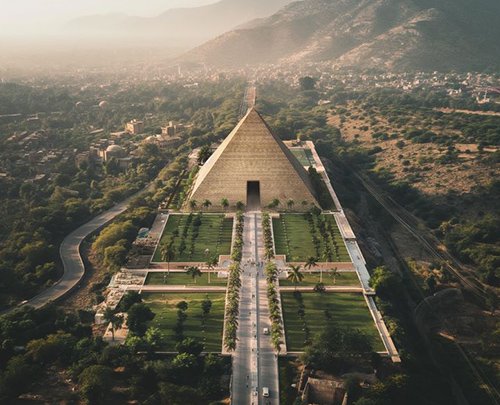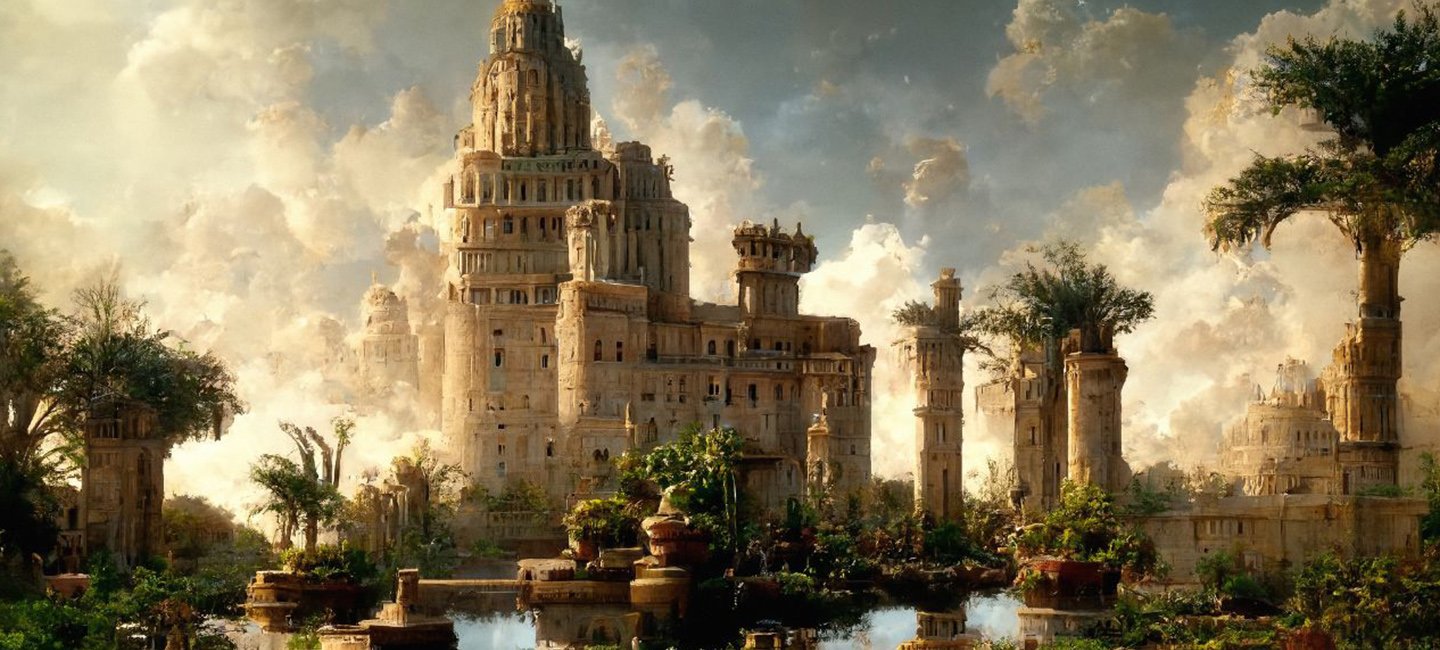Architecture stands as a tribute to human ingenuity, creativity, and cultural identity. In the annals of history, certain architectural marvels of the ancient world have transcended time, leaving an indelible mark on humanity’s collective consciousness. These structures, born from the minds and hands of ancient civilisations, not only showcase remarkable engineering prowess but also serve as poignant reflections of the values, beliefs, and aspirations of the societies that created them.

From the colossal pyramids of Egypt to the majestic temples of Greece, and from the grand amphitheatres of Rome to the imposing walls of China, each architectural wonder tells a unique story of innovation, craftsmanship, and cultural heritage. In this essay, we embark on a journey through time and space to explore some of the most iconic architectural achievements of antiquity, unravelling the mysteries behind their construction and examining their enduring significance in shaping the course of human history.

Through the lens of architecture, we gain precious insights into the complexities of ancient civilisations—their technological advancements, societal structures, religious practices, and artistic expressions. Moreover, these architectural masterpieces continue to inspire awe and admiration, serving as tangible links to our past and sources of inspiration for future generations of architects, engineers, and historians.
Join us as we delve into the fascinating world of ancient architecture, where the boundaries between the past and the present blur, and where the stones whisper tales of human triumphs and tribulations, echoing through the corridors of time.
The Pyramids of Giza:

The Pyramid standing as sentinels on the vast desert landscape of Egypt, are among the most enduring symbols of ancient civilisation. Built over four millennia ago during the Old Kingdom period, these monumental structures continue to mystify and intrigue scholars and tourists alike. But beyond their architectural significance, the pyramids hold profound cultural and religious importance for the ancient Egyptians. Serving as tombs for the pharaohs, these colossal structures were believed to ensure the safe passage of the deceased into the afterlife, where they would continue their journey of eternal existence. Despite the passage of millennia and the ravages of time, the Pyramids of Giza stand as enduring testaments to the ingenuity, ambition, and spiritual beliefs of one of the world’s oldest civilisations.
The Parthenon

Perched atop the Acropolis in Athens, the Parthenon reigns supreme as a beacon of classical Greek architecture and civilisation. Built in the 5th century BCE, this magnificent temple dedicated to the goddess Athena epitomises the ideals of harmony, balance, and aesthetic perfection.
Beyond its architectural splendour, the Parthenon serves as a tangible manifestation of Athenian democracy, philosophy, and artistic achievement. As the epicentre of religious and civic life in ancient Athens, it hosted ceremonies, festivals, and rituals that celebrated the city-state’s cultural identity and civic pride. Despite enduring centuries of war, conquest, and neglect, the Parthenon remains an enduring symbol of human creativity, resilience, and the enduring legacy of ancient Greece.
The Colosseum

Rising majestically amidst the bustling streets of Rome, the Colosseum stands as an imposing testament to the grandeur and brutality of the Roman Empire. Built in the 1st century CE, this colossal amphitheatre served as a stage for gladiatorial combat, wild animal hunts, and public spectacles that enthralled and entertained the masses.
The engineering ingenuity of the Colosseum is evident in its innovative design and construction techniques. Constructed from concrete, stone, and brick, the amphitheatre features a series of arches, vaults, and tiers of seating that could accommodate up to 80,000 spectators. This architectural marvel facilitated efficient crowd management and ensured unobstructed views of the grisly spectacles unfolding within the arena.
The Great Wall of China

Snaking across the rugged terrain of northern China, the Great Wall stands as a formidable barrier against the forces of time and nature. Spanning over 13,000 miles and encompassing various fortifications, watchtowers, and defensive structures, this monumental edifice is one of the most awe-inspiring engineering feats in history.
Constructed primarily from stone, brick, and rammed earth, the Great Wall served as a defensive fortification to protect the Chinese empire from nomadic invaders from the north.. Despite centuries of erosion, destruction, and neglect, the Great Wall endures as a potent symbol of China’s ancient civilisation, resilience, and enduring legacy. Today, it stands as a UNESCO World Heritage Site and a testament to the enduring power of human ingenuity and collective endeavour.
In the timeline of human history, architecture serves as a thread that weaves together the aspirations, achievements, and enduring legacies of ancient civilizations. From the monumental pyramids of Egypt to the majestic temples of Greece, and from the grand amphitheatres of Rome to the imposing walls of China, each architectural wonder tells a unique story of innovation, craftsmanship, and cultural heritage.
Through the lens of architecture, we gain profound insights into the complexities of ancient societies, their technological advancements, societal structures, religious beliefs, and artistic expressions. Moreover, these architectural masterpieces continue to inspire awe and admiration, serving as tangible links to our past and sources of inspiration for future generations of architects, engineers, and historians. As we marvel at the splendour of these ancient wonders, let us not only celebrate the ingenuity and creativity of our ancestors but also reflect on the enduring legacy of human civilisation. For in the timeless stones and soaring arches of these architectural marvels, we find echoes of our shared humanity, boundless imagination, and eternal quest for meaning and beauty.


